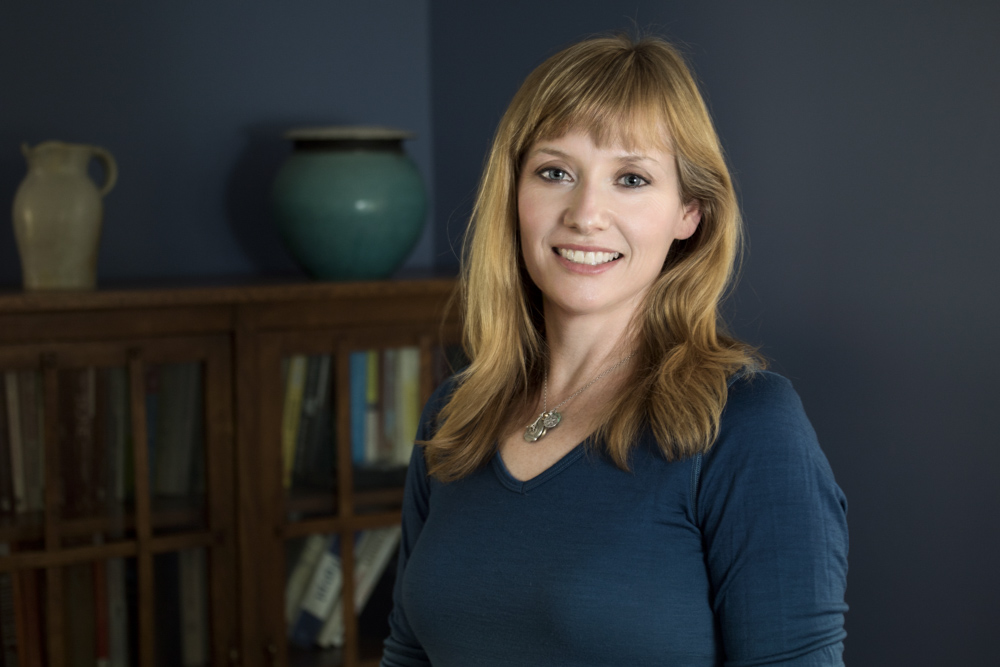“There is nothing either good or bad but thinking makes it so.”
William Shakespeare, Hamlet
Later this month I’m going to be assisting at a weeklong NLP training. John Overdurf, Master Trainer (and a whole lot more, click here to experience some of John’s training and coaching) will be leading the course. I’ve taken this training, and have assisted a number of times, and you’d think it would get boring and repetitive. But it is the absolute opposite experience. It is energizing and inspiring each and every time.
For those of you scratching your head wondering, yeah that’s great, what’s NLP anyway? Here’s a super brief answer in two parts (click here for a more in-depth explanation):
The first is that Neuro-Linguistic Programming is about the study of excellence. It’s a way of figuring out how someone who is at the top of their field does what they do, and how that can be recreated. This is called modeling. It is also how you can transfer the strategies you use for the things you’re great at to those that could be better.
The second part is a bunch of techniques that came out of the first modeling projects of hypnotherapist Milton Erickson, Gestalt therapy creator Fritz Perls and Virginia Satir, innovative family therapist. The techniques included in the body of NLP have continued to grow beyond those original ones.
NLP is a fluid field. John and his training partner Julie Silverthorn developed a branch of NLP that they call, HNLP (Humanistic Neuro-Linguistic Psychology). Tony Robbins’ training and processes are based in the theories of NLP. There are many more examples.
The most important part of NLP to me is the possibility it creates. If my beliefs and habits and mental/emotional programming create my experience of the world, then if I can change those beliefs, habits and programming I can create a different experience of the world. As Shakespeare said “…thinking makes it so.”


[…] Stuff Shannon Wilkinson | May 22nd, 2012 Other than trying to define NLP, or mentioning it in a post or two, I haven’t really talked much about it, much less what drew me to it in the first […]